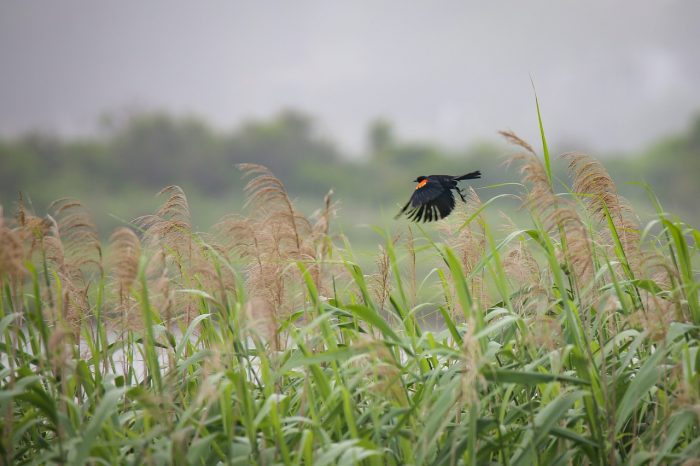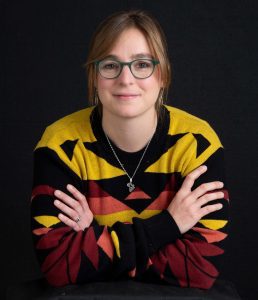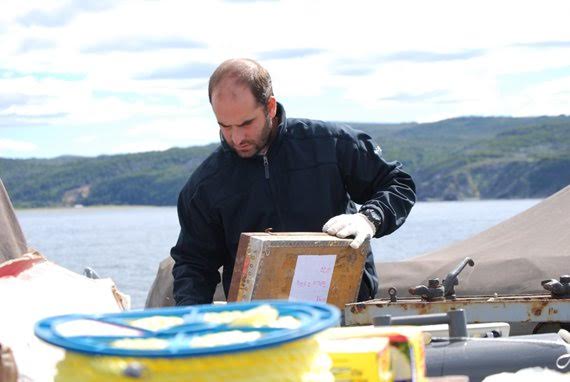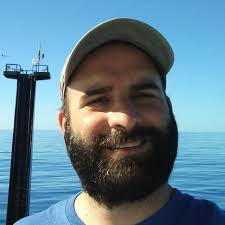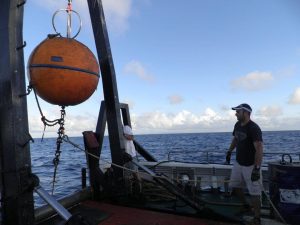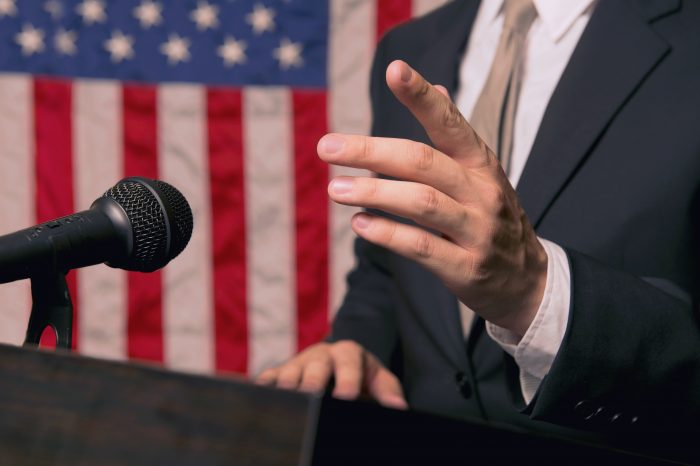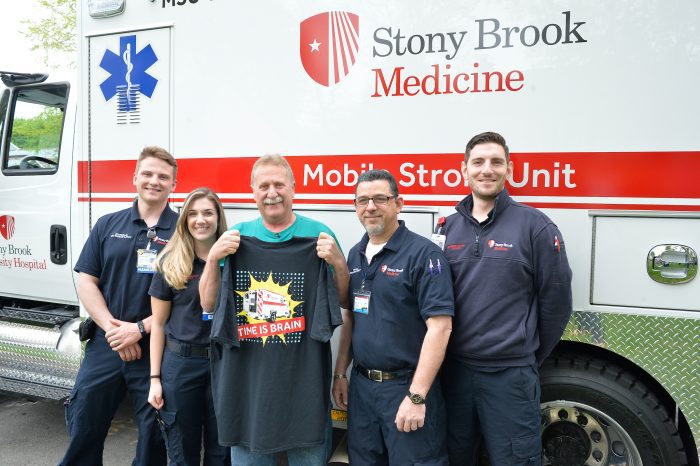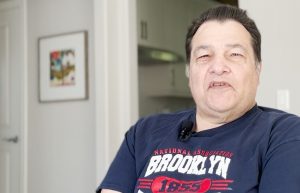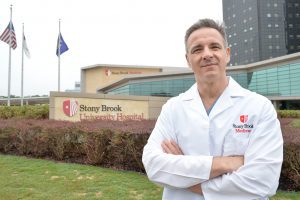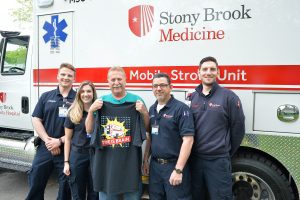By Daniel Dunaief

Our senses are such an exquisite gift, at any time of the year.
During the summer on Long Island, we can close our eyes, which is home to our most dominant sense, and breathe in the other stimuli.
For me, the sounds of summer form a symphony, with notes coming from nearly every part of my imagined orchestra.
First, the water and everything on and around it reminds us of the pageantry of the island.
The regular horn from the Port Jefferson/ Bridgeport Ferry warns other boats of its movements even as the horn carries great distances.
The summer surf, which can be so variable, can offer a calming, rhythmic shushing sound, as the water laps on the shore or slowly feels its way up the rocks.
With stronger winds or a storm brewing in the Atlantic, those same waves can crash down more violently, as if someone put an amplifier along the beach. Instead of offering a peaceful shush, they provide more of a vibrating symbol, announcing their presence on shore, pulling rocks and sand back out to the ocean amid a more violent undertow.
Then, of course, there is the welcome sound of merriment coming from the water, with children squealing with delight as they play “Marco Polo,” race back and forth in a pool, splash each other, or have chicken fights.
Often at the beaches, the slow progression of an ice cream truck, playing “The Entertainer” or some other redundant musical variant, calls to parents and adults, luring us with cold sweets to offset hot days.
Depending on where you walk, drive, or bicycle, you might also hear the sound of a well struck tennis ball or the disappointed grunt or unprintable word that follows a missed volley, a double fault, or a backhand that sailed long.
Growing up, I was part of a sailing family. In addition to the constant chewing sound that came from the nonstop floating meals, we also heard the fluttering and unfurling of a sail, the regular crashing and splashing of the boat on the waves, and the sudden and frantic maneuvers of passengers on a boat that’s heading into shallow water or towards another vessel.
All manner of birds call to each other from the trees, with the familiar tweet, tweet, screeeeech coming from red-winged blackbirds who always seem to be trying to one-up each other with their aggressive squawking.
Our noses also become more active during the summer, as we can smell the salt water even before we round that last turn on the way to the beach. We can also enjoy the scent of mouth-watering Fourth of July barbecues or, perhaps, the smell of late night s’mores.
Those of us fascinated and delighted by the weather also might catch the scent of an approaching rain storm before the first drops arrive, as the sudden change in humidity or cooler air serves as a preamble for approaching precipitation.
Speaking of cooler, our skin, which we, of course, should protect during the brighter and longer days of summer, can also partake in a wide range of experiences.
For starters, we can cool off during the unbearably hot days by diving into a cool pool or running through the surf and plunging below the surface.
After we take long walks along a hot path, we can enter a heavily air conditioned room, where we might consider grabbing a long-sleeved tee shirt or a light sweatshirt despite the searing outdoor heat.
The tastes of summer also sweeten the season, with fresh fruit and pies serving as the finale to a satisfying meal.
Even without looking at the fireworks, we can appreciate the percussive cadence of these exploding colors. We can hear the long whistle of fireworks hissing their way against gravity, until they explode into a shower of sparklers. As the fireworks celebrations build, we can hear the more rapid explosions, which typically conclude with loud, rapid sounds whose echoes sometimes interfere or amplify the boom from the next set of entertaining sights and sounds.
Then, of course, we can enjoy the wide range of colorful light that uses our homes and neighborhoods as a posterboard, enabling even mundane speed limit signs to irradiate with oranges, yellows and reds.

